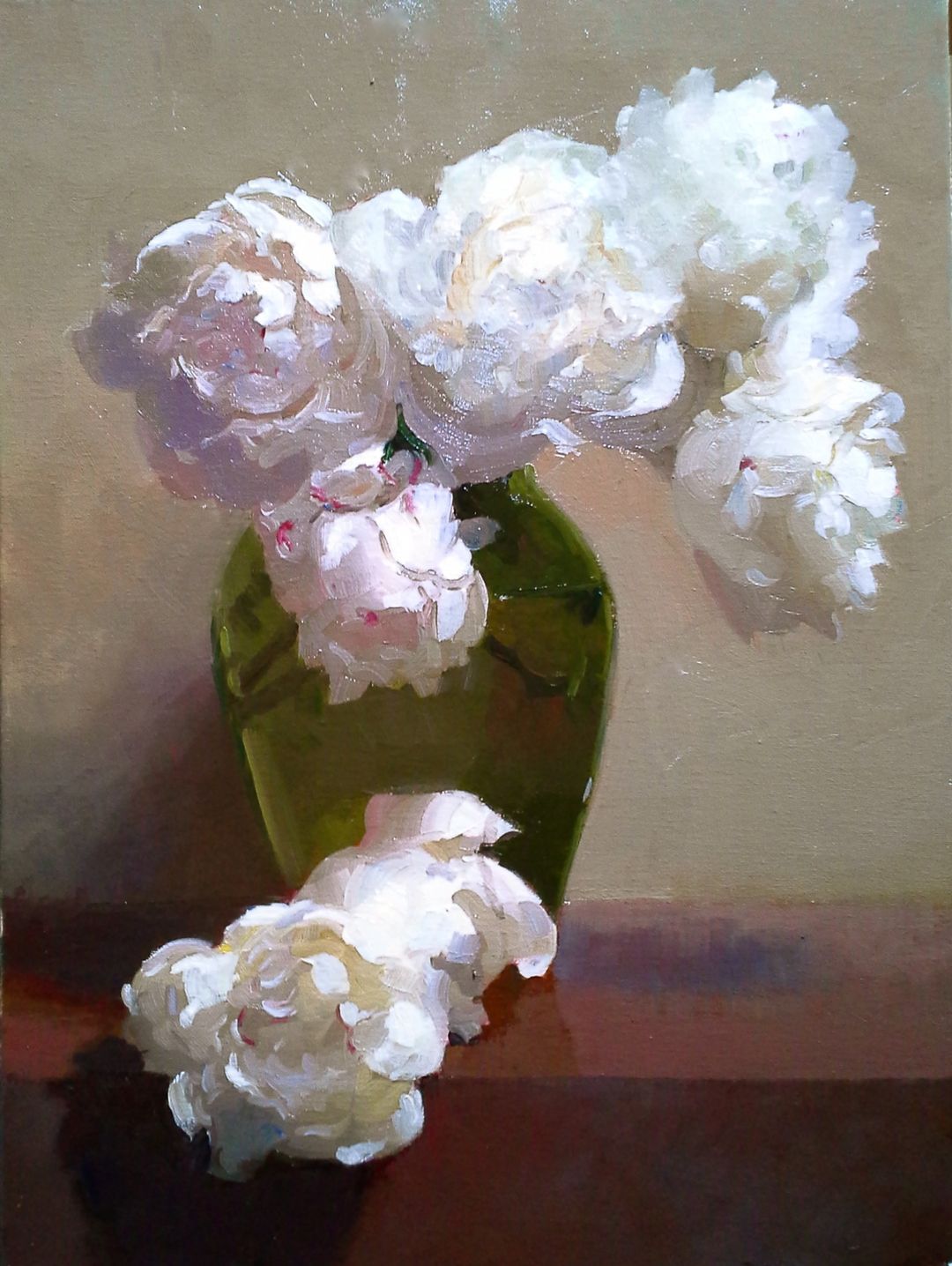An inspired life proceeds from a deep inner experience to a reshaping of one’s character to an engagement with the external world. A work of art is accomplished from the inside out. View the study sheet here. Watch the recording here.

Jewish tradition has two customs regarding the doorway of one’s home. The first is to affix there a mezuzah, a scroll containing verses from Torah of the Shema (“Hear, O Israel…”), proclaiming the Oneness that is God. According to the Talmud, the mezuzah is to be placed on the right side of the doorway, with its top tilted towards the inside of the home. The second custom is to place the Chanukah menorah at the outer part of the doorway, on the left side.
The late 19th century Hasidic sage known as Sefat Emet points out that the respective physical orientations of these two objects convey distinct and complementary spiritual teachings. The mezuzah’s inward tilt symbolizes the indwelling intimacy of our relationship with God. A rich inner spiritual life contributes to a healthy, meaningful life as a human being.
The outward orientation of the Chanukah menorah projects into the public domain a message of courage and hope, for all who are struggling against repressive social forces. The menorah’s public orientation reminds us of our responsibility towards others. A commitment to tikkun olam, repair of the world, is another measure of what it means to be a human being.
The book of Leviticus introduces us to the priests, who serve as the leaders of spiritual rituals, sacred dramas enacting human attachment to the Divine. At the center of the drama is the altar, a site of offerings, where a fire is to burn continually. Verses in this week’s portion, Parshat Tzav, describe the responsibility of the priests in maintaining the fire.
A literal translation of two different verses about that responsibility reveals an insight similar to the wisdom conveyed by the two doorway customs. One verse may be translated as “fire burns on the altar.” The other is most accurately translated as “fire burns in the altar.” Hasidic tradition emphasizes that outward performance is best served by a perpetual fire of personal enthusiasm within. The opening chapters of Leviticus disclose that the journey out of Egypt and into a promised land is both external and internal, social and spiritual.
Dennis Perrin was born in Topeka, Kansas. His family moved around, settling in the Hammond area of Louisiana. Drawn initially to music and writing, Perrin began exploring painting around the age of thirty. More traveling took him to New England, where he embraced the Impressionists’ fascination with light, outdoors, and immersion in the moment.
Over time Perrin developed a unique method for teaching others to paint. At its heart is his message that “creating a painting is accomplished from the inside out.” The art student’s attempt to replicate what is before them short circuits the emergence of a creative contribution. To focus on “things” and “colors,” he writes, “obscures the ability to discern the actual relationships” of what is before you.
Begin, Perrin advises, with an intentional quieting of the mind: “The quiet mind sees only abstract shapes of value and color that are not sullied or influenced by pre-assigned names or categories.”
Pictured here is his work White Peonies in Ballerina Vase. It is clearly a painting of flowers in a vase. But what else is there? Can you discern Perrin’s experience of the peonies? What might his pre-application of paint meditative state have brought to the canvass? For Perrin, painting from the inside out is a way to merge tradition and innovation, social and personal, material and spiritual.
Kabbalist and Chief Rabbi of pre-state Israel Rav Kook notes two additional responsibilities of the priest mentioned in our Torah portion. He is to take up the ashes of what was burned and place them beside the altar, and he needs to change garments and carry the ashes outside the camp.
Stoke the flames. Gather up the ashes. Bring the results from the fire beyond the sanctuary’s border. Rav Kook reads these as three different stages in the life of an inspired leader. Stimulate introspective insight. Assimilate lessons learned and integrate them into oneself. Leave behind protected isolation and engage with the affairs of the world. And then return to kindling the flames, the beginning of a new work of art.
Join us here at 7:00 p.m. (PT) on Thursday March 28 as we explore painting from the inside out.








